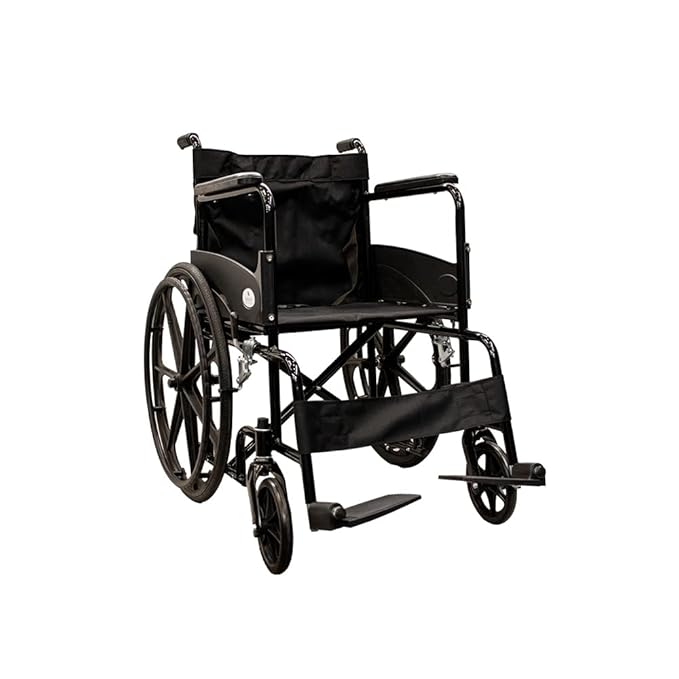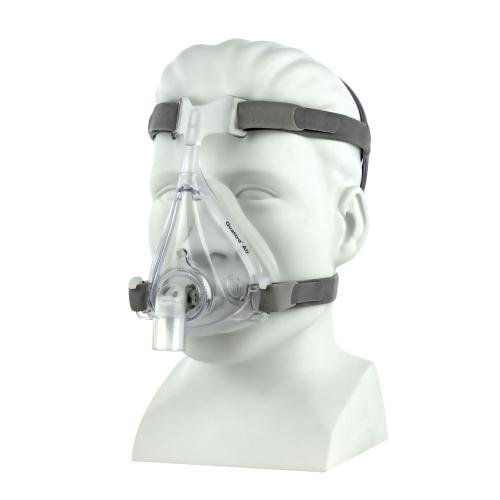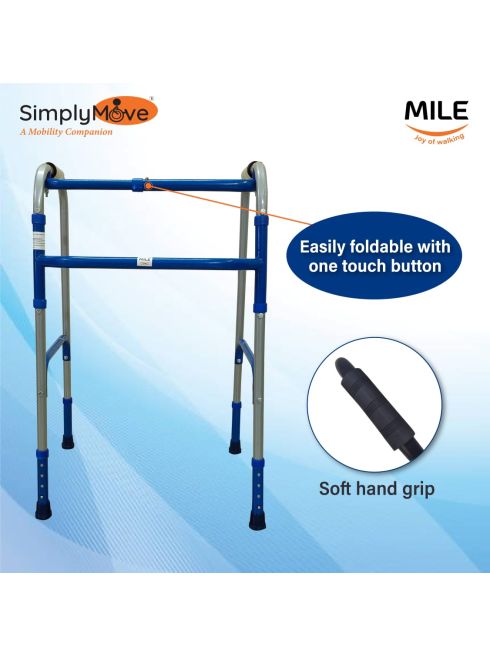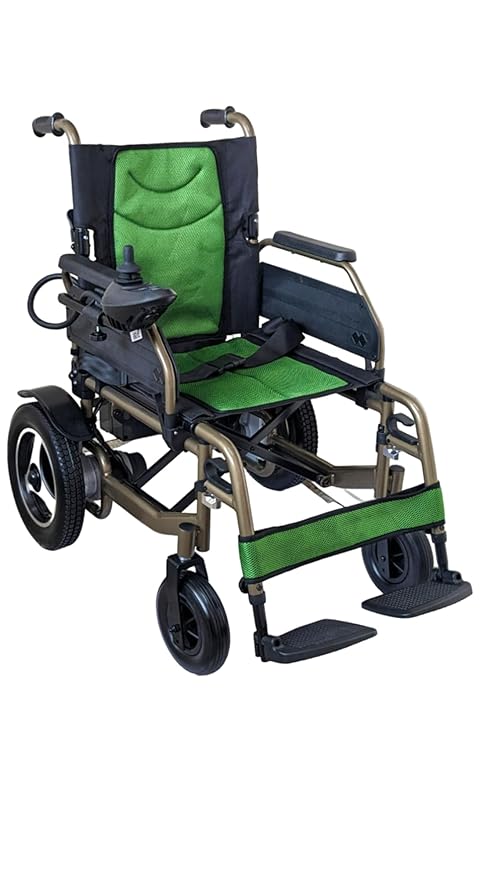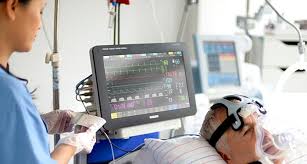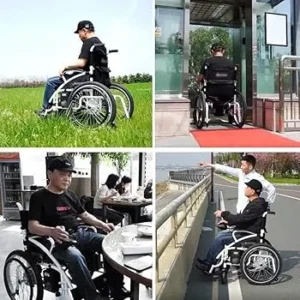Car accidents are often associated with dramatic injuries – broken bones, lacerations, and the like. However, a significant but often underestimated consequence is the development of chronic pain. While the initial physical trauma may heal, chronic pain can linger for months or even years, becoming an invisible injury that significantly impacts a person’s life. This article explores the various types of chronic pain that can arise after a car accident, treatment options for managing it, and strategies for coping with the emotional toll it can take.
Common Types of Chronic Pain After Car Accidents
Chronic pain is defined as pain that persists for longer than three months, even after the initial injury has healed. Following a car accident, various types of chronic pain can develop, depending on the nature and severity of the injuries sustained. Here are some of the most common:
- Whiplash: This is a common injury resulting from the forceful back-and-forth head and neck movement in a car accident. Symptoms include neck pain, stiffness, headaches, and dizziness. Chronic whiplash can cause ongoing pain and limit neck mobility.
- Back Pain: Car accidents can cause injuries to muscles, ligaments, and discs in the spine, leading to chronic back pain. The pain can be localized or radiated down the legs (sciatica).
- Joint Pain: Injuries to knees, shoulders, or other joints during a car accident can lead to chronic pain, stiffness, and difficulty with movement.
- Nerve Damage: Nerves can be compressed or damaged in a car accident, causing persistent pain, burning sensations, and numbness in the affected area.
The specific type of chronic pain experienced will vary depending on the location and nature of the injury. However, the constant presence of pain can profoundly impact a person’s daily life, affecting their ability to work, sleep, exercise, and participate in activities they once enjoyed.
Treatment Options
Fortunately, there are various treatment options available to manage pain after a car accident. The most effective approach often involves a combination of therapies:
- Physical Therapy: Physical therapists can design a personalized exercise program to improve strength, flexibility, and range of motion in the affected area. This can help reduce pain and improve function.
- Medication: Prescription pain medication may be necessary to manage chronic pain, particularly in the acute phase. However, long-term reliance on medication is often discouraged due to potential side effects and the risk of addiction.
- Alternative Therapies: Several alternative therapies can offer relief for chronic pain, including acupuncture, massage therapy, yoga, and mindfulness techniques.Exploring Advanced Treatment Options for Chronic Pain
As medical technology advances, new treatments for managing chronic pain after a car accident are emerging. One such method is stem cell therapy, which has shown potential in promoting the regeneration of damaged tissues and reducing inflammation. Facilities like Cellaxys in Las Vegas are among those exploring the potential benefits of stem cell therapy for chronic pain management. While this approach is still under investigation, it represents a promising avenue for those seeking alternatives to traditional pain management techniques.
Finding the right combination of treatments can be a journey. Working closely with a doctor or pain specialist is crucial to developing a personalized treatment plan that addresses the specific type and severity of pain.
The Emotional Impact of Chronic Pain
Chronic pain is not just a physical phenomenon; it can also have a significant emotional impact. Here are some of the emotional challenges associated with chronic pain:
- Frustration and Anger: The constant presence of pain can lead to frustration and anger, especially when treatments don’t provide complete relief.
- Depression and Anxiety: Chronic pain can contribute to feelings of depression, anxiety, and isolation.
- Sleep Problems: Pain can disrupt sleep patterns, leading to fatigue and worsening pain during the day.
- Loss of Identity: Chronic pain can limit a person’s ability to participate in activities they once enjoyed, leading to a sense of loss of identity and purpose.
It’s important to acknowledge the emotional impact of chronic pain and seek support. Talking to a therapist or counselor can help individuals develop coping mechanisms for dealing with the emotional challenges associated with pain. Support groups can also connect you with others who understand the struggles of living with pain.
Strategies for Coping
While there is no cure for pain, there are strategies that can help you manage it and improve your quality of life. Here are some tips:
- Pacing: Chronic pain can be exacerbated by doing too much too soon. Learn to pace yourself and listen to your body’s signals when it needs rest.
- Stress Management: Stress can worsen pain. Practicing relaxation techniques such as deep breathing, meditation, or yoga can help manage stress and reduce the impact on pain levels.
- Healthy Habits: Maintaining a healthy weight, eating a balanced diet, and getting enough sleep can all help manage chronic pain.
- Pain Management Techniques: Techniques like heat therapy, cold therapy, and biofeedback can relieve localized pain.
Positive self-talk and maintaining a positive attitude can significantly impact how you experience chronic pain. Focusing on what your body can still do, rather than what it can’t, can help maintain a sense of control and well-being. Finding activities you can enjoy and adapting them to your limitations can also be a powerful strategy for managing chronic pain.
Remember, chronic pain is a journey, not a destination. There will be good days and bad days. The key is to develop a toolbox of strategies that work for you and remain committed to managing your pain. Don’t be afraid to seek support from healthcare professionals, therapists, and support groups. With the right approach, you can learn to live a fulfilling life despite the presence of chronic pain.
Navigating the Legal Landscape
The physical and emotional challenges of chronic pain after a car accident can be overwhelming. However, there may also be legal considerations, particularly if another party’s negligence caused the accident. Consulting with a personal injury attorney experienced in pain cases can be crucial. They can help you navigate the legal process of filing a claim to recover compensation for medical expenses, lost wages due to missed work, and pain and suffering.
Thorough documentation of your injuries, including medical records, pain journals, and any limitations caused by the pain, strengthens your claim. An attorney can also help you understand your rights and ensure you receive fair compensation for the ongoing impact of chronic pain on your life.
Chronic pain after a car accident can be a complex and persistent challenge. While there is no cure, a combination of medical treatments, self-management strategies, and emotional support can help you manage the pain and improve your quality of life. Additionally, legal considerations may play a role, especially if the accident was not your fault. By taking a comprehensive approach that addresses both the physical and emotional aspects of pain, and by seeking legal guidance if necessary, you can move forward with resilience and reclaim control over your life.
*****





